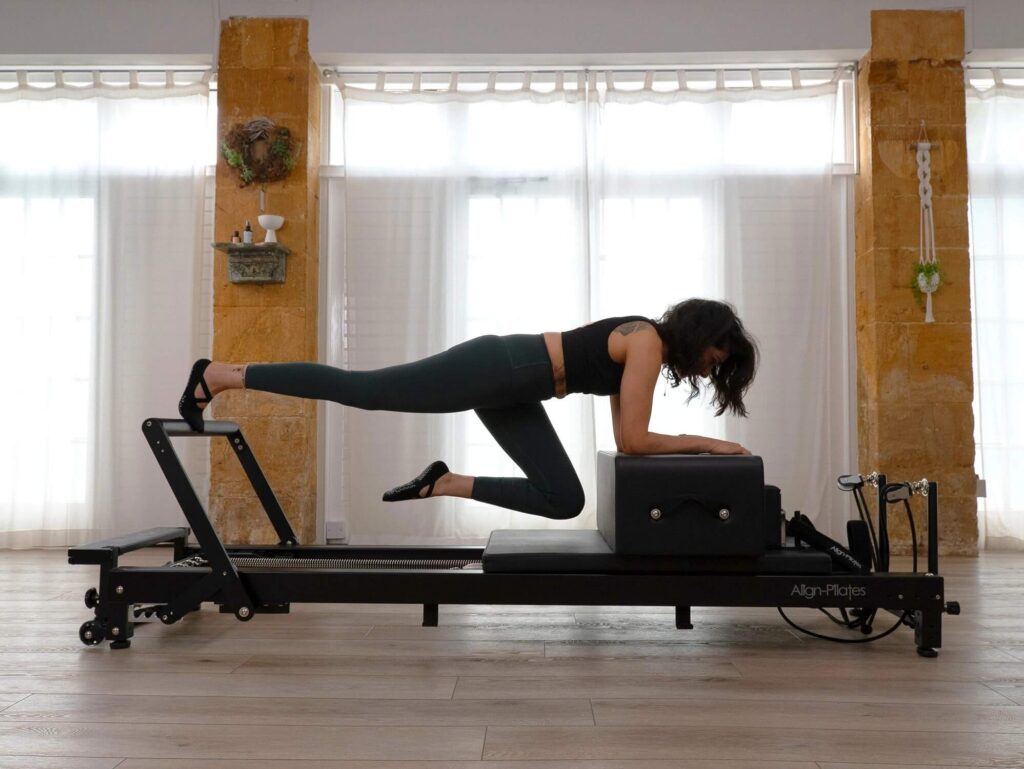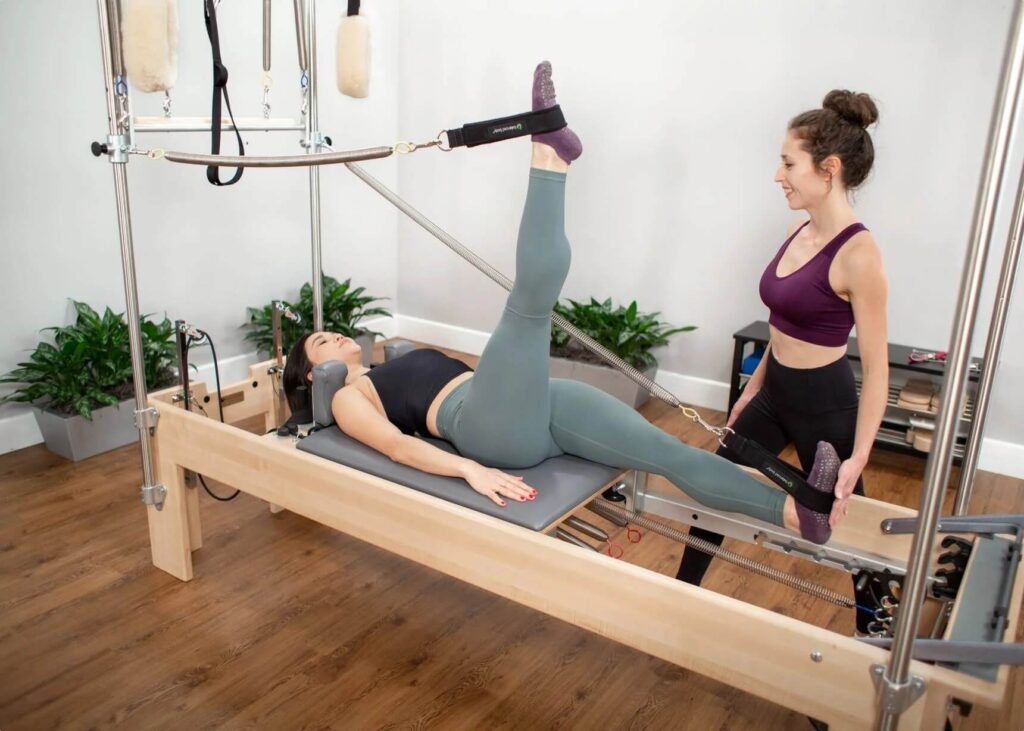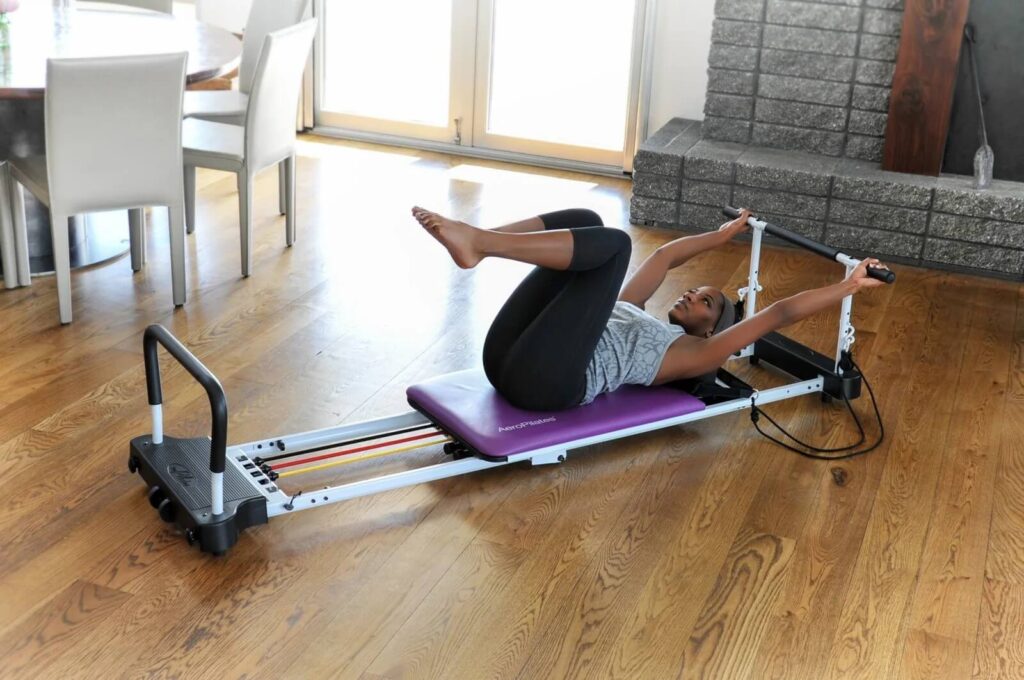As you embark on your journey to incorporate Pilates into your fitness regimen, the Pilates reformer becomes a central piece of equipment. It offers versatility, support, and challenges that traditional mat workouts may not provide. However, with a multitude of options available on the market, it’s essential to understand what to look out for. This guide aims to elucidate the key aspects of purchasing a reformer, so you can make an informed decision tailored to your needs.
Understanding the Basics of a Pilates Reformer
Before diving into specifics of Pilates reformer for sale, it’s crucial to understand what a Pilates reformer is and how it fits into your workout routine. The reformer’s design revolves around a sliding carriage, springs, and various attachments – making it a dynamic tool for enhancing your Pilates practice.
What is a Pilates Reformer?
A Pilates reformer is a piece of equipment designed to assist in performing Pilates exercises. It consists of a movable platform, known as the carriage, that slides along a frame. The reformer uses springs to provide resistance and support, enabling a variety of exercises that target different muscle groups.
The versatility of a reformer makes it suitable for both beginners and experienced practitioners. Adjustable resistance levels allow users to modify exercises according to their strength and skill levels, ensuring a personalised workout experience. This adaptability not only caters to individual fitness goals but also encourages users to progress at their own pace, fostering a sense of achievement and motivation.

The Benefits of Using a Pilates Reformer
Using a reformer comes with a host of benefits. Firstly, it enhances core stability and improves postural alignment, both essential for overall fitness. The reformer’s spring-loaded system provides resistance, which not only strengthens muscles but also prepares the body for advanced movements and activities.
Additionally, practitioners find that the reformer allows for a broader range of motion compared to traditional mat Pilates. This expanded mobility can lead to increased flexibility and a greater understanding of body mechanics. Furthermore, the support offered by the reformer is beneficial for rehabilitation purposes, as it alleviates strain on joints and muscles. Many physiotherapists incorporate reformer Pilates into their treatment plans, recognising its effectiveness in aiding recovery from injuries while promoting strength and stability in a controlled environment.
Moreover, the reformer can be utilised to target specific areas of the body, such as the legs, arms, and back, making it an excellent tool for those looking to sculpt and tone. The use of varied attachments, such as straps and bars, allows for creative variations of exercises, keeping workouts engaging and challenging. This diversity not only helps to prevent workout monotony but also encourages practitioners to explore new movements, ultimately enhancing their overall fitness journey.
Key Features to Consider When Buying a Pilates Reformer
Not all Pilates reformers are created equal, and understanding key features can make a significant difference in your experience and satisfaction with the product. Here are some important aspects to consider:
Size and Space Considerations
Before purchasing a reformer, it’s essential to evaluate the space available in your home. Reformers come in various sizes, from compact models suitable for smaller areas to larger, more feature-rich reformers intended for dedicated workout studios. Measure your space carefully to ensure you find a model that fits comfortably.
It’s also worth considering whether you’ll need a reformer that can be easily stored away. Some models are foldable or have wheels for easy mobility, making them ideal for home use where space is limited. Additionally, think about the height of the reformer; if you have low ceilings, a taller model may not be practical. Ensuring that you have enough clearance above the reformer is crucial for performing exercises safely and effectively.
Quality and Durability of Materials
The quality of materials used in construction is a crucial factor in any fitness equipment. A well-built reformer will have a sturdy frame, typically made from wood or metal, which ensures durability and stability during workouts. Look for reformers with high-quality upholstery and padding to ensure comfort, particularly when engaging in long sessions.
Researching user reviews can provide insights into the longevity and functionality of various models, helping you identify which brands have a solid reputation for producing reliable reformers. Furthermore, consider the warranty offered by the manufacturer; a longer warranty can be a good indicator of the product’s durability and the company’s confidence in their build quality.

Adjustable Parts and Accessories
Another feature to consider is the adjustability of the reformer. Models that offer multiple settings for the footbar, carriage, and headrest will enhance your ability to customise workouts according to your needs and level of flexibility.
In addition, assess the availability of accessories such as resistance bands, jump boards, and other attachments. These can significantly expand your exercise repertoire and provide new challenges as you progress. Some reformers even come with additional features like a reformer box or a tower, which can facilitate a wider range of exercises. This versatility not only keeps your workouts fresh and engaging but also allows you to target different muscle groups effectively, making your investment in a reformer more worthwhile over time.
Diverse Types of Pilates Reformers
Understanding the different types of reformers can further guide your decision-making process. The choice you make will depend on your personal goals and how you plan to utilise the equipment.
Home Use Versus Professional Pilates Reformers
When considering a reformer, it’s essential to discern whether you are looking for a model suited for home use or for a professional Pilates studio. Home reformers tend to be more compact and may have fewer features, with a focus on affordability and ease of use. In contrast, professional reformers are typically more robust and durable, designed to withstand frequent use by various clients.
Your choice should reflect your intent: if Pilates is a personal journey, a home reformer may be ideal. Conversely, if you’re a studio owner or an instructor, investing in a professional-grade reformer will be critical to accommodate the demands of your business. Additionally, professional reformers often come equipped with advanced features such as adjustable footbars and multiple spring settings, allowing for a more customised experience tailored to individual needs. This level of adaptability can significantly enhance the effectiveness of workouts, making them suitable for a broader range of clients, from beginners to advanced practitioners.
Standalone Versus Combo Pilates Reformers
Another consideration is whether to choose a standalone reformer or a combo model, which includes additional features like a tower or a Cadillac. Standalone reformers focus on a core set of exercises, whereas combo versions provide added versatility, allowing for a variety of exercises that can target every muscle group effectively.
If your goal is to maximise the range of exercises you can perform at home, investing in a combo reformer may be the wisest choice. However, if space and budget are concerns, a standard reformer can still provide an excellent workout. It’s also worth noting that combo reformers can facilitate more advanced techniques, such as aerial Pilates or resistance training, which can elevate your practice. Furthermore, the inclusion of a tower can enable practitioners to explore vertical movements, thereby enhancing strength and flexibility in ways that a standalone reformer may not allow. This added dimension can be particularly beneficial for those looking to deepen their practice or for instructors aiming to offer a comprehensive range of classes. Learn more about best deals and buying tips for buying Pilates sitting box.

Setting Your Budget for a Pilates Reformer
With a clearer understanding of your options, it’s crucial to set a realistic budget. Pilates reformers range in price, so knowing what to expect will help you find a suitable model.
Price Range of Pilates Reformers
The price of Pilates reformers can vary considerably, starting from around £200 for basic models and reaching up to £3,000 for high-end, professional units. Factors influencing this variation include brand reputation, materials used, and the presence of additional features.
It’s advisable to have a budget in mind while remaining flexible enough to consider quality investments that might initially exceed your limit. After all, a well-crafted reformer can be a long-term investment in your health and wellness. Additionally, many reformers come with various accessories, such as foot straps and pulleys, which can further enhance your workout experience. Investing in a model that includes these extras could save you money in the long run, as you won’t need to purchase them separately.
The Cost Versus Benefit Analysis
When evaluating price, it’s important to conduct a cost-benefit analysis. A more expensive reformer may offer superior build quality, better resale value, and features that a cheaper alternative may lack, such as warranty and customer support.
Consider how often you will use the reformer and whether the investment aligns with your fitness goals. The potential for at-home workouts, rehabilitation support, or enhanced Pilates practice might justify a higher initial expenditure. Furthermore, think about the space you have available; some reformers are designed to be compact and easily stored, while others may require a dedicated workout area. This consideration can also influence your budget, as you may need to factor in additional costs for flooring or storage solutions to accommodate your new equipment.
Where to Buy a Pilates Reformer
Finally, deciding where to purchase your Pilates reformer can impact both your experience and satisfaction. The buying process can vary greatly between physical stores and online retailers.
Buying from a Physical Store Versus Online
Shopping at a physical store allows you to try out reformers, enabling you to assess comfort, size, and functionality firsthand. You can also consult with staff who may offer insights based on their expertise. However, physical stores may have limited selections and higher prices.
Online shopping offers a broader selection and often better deals, but it comes with the downside of not being able to test the reformer before purchase. Make sure to read reviews and check return policies to ensure a satisfactory buying experience.
Additionally, when considering online options, take note of shipping costs and delivery times, as these can vary significantly between retailers. Some companies may offer free shipping or even assembly services, which can be a considerable advantage if you are not particularly handy. It’s also worth checking if the retailer provides detailed product descriptions and videos, as these can help you make a more informed decision from the comfort of your home.
Trusted Brands and Retailers
Regardless of where you choose to buy, it’s crucial to focus on trusted brands and retailers known for their quality Pilates equipment. Established names in the industry typically offer reliable products and customer support, making them a safer choice for your investment.
Do thorough research, look for customer testimonials, and consider warranties offered by different brands. By doing so, you’ll ensure that your investment in a Pilates reformer meets your expectations and enhances your fitness journey. Furthermore, many reputable brands often have dedicated customer service teams who can assist you with any queries post-purchase, which can be invaluable if you encounter any issues or need guidance on assembly and usage. Remember, investing in a quality reformer is not just about the initial purchase; it’s about ensuring longevity and performance that will support your fitness goals for years to come.